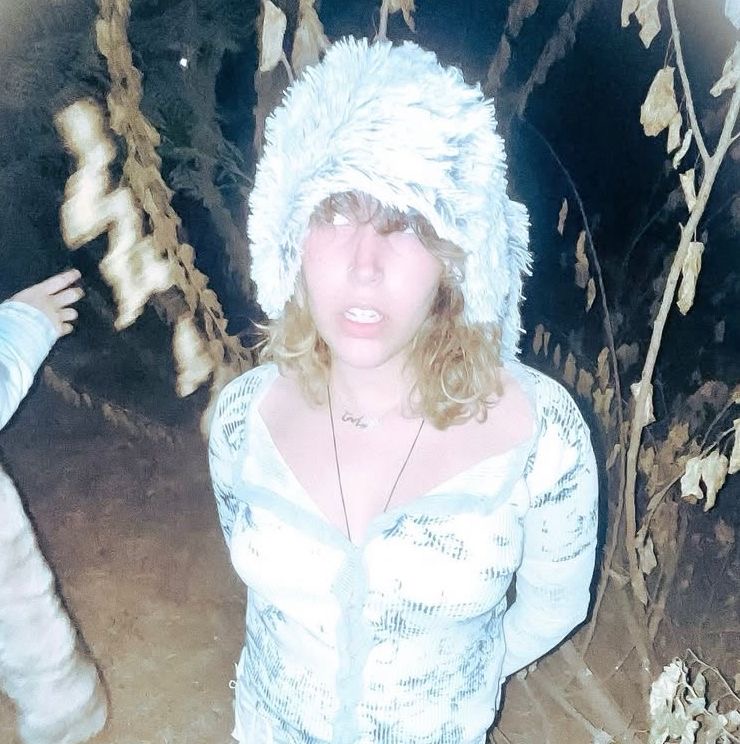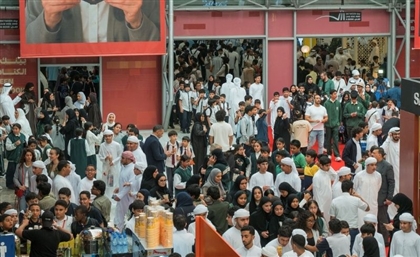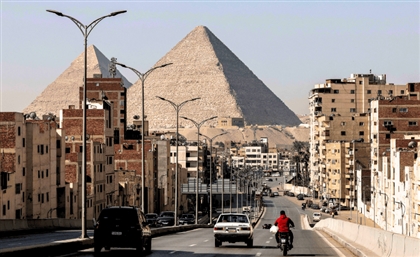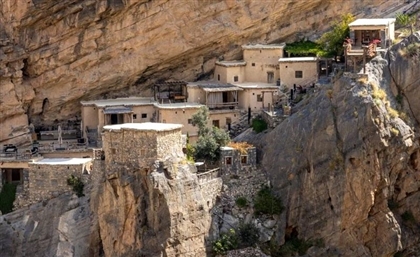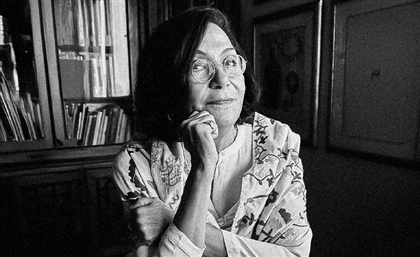The Desert is a Ceiling to a Forgotten Sea at This Sharjah Park
Among towering dunes and craggy mountains, this park holds a unique blend of adventure, natural wonder, and historical discovery.
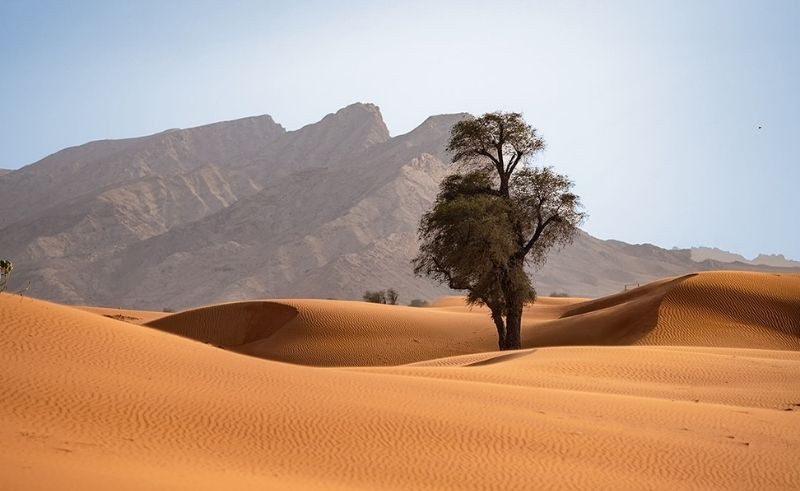
Hidden among the vast, rolling sands of Sharjah, Mleiha National Park is a landscape of paradox. Here, the earth tells two ancient stories at once: one of a vibrant seabed teeming with marine life, and another of a rugged desert that has cradled human civilisation for millennia.
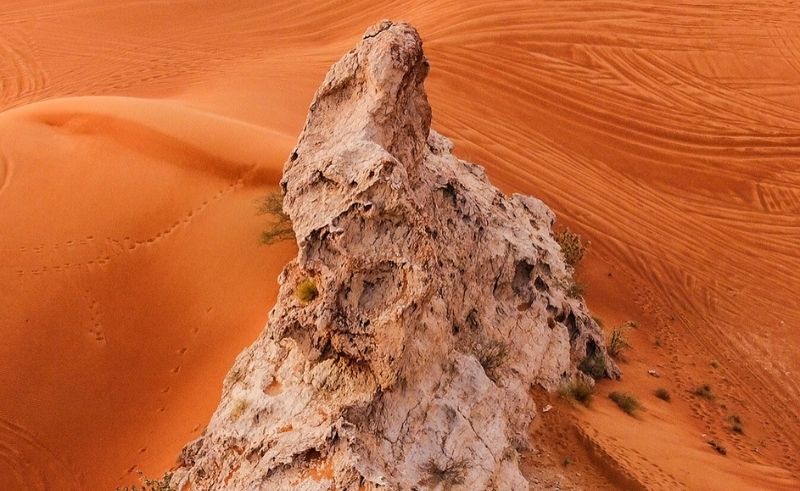
Mleiha's most profound secret is etched in its stone. Look closely at striking formations like Fossil Rock, and you’ll see the ghosts of an ocean long gone. Encased within the limestone are the perfectly preserved fossils of marine creatures that swarmed here over 80 million years ago. This geological wonder, a relic from a time when the Arabian Peninsula was submerged, gives Mleiha a surreal, almost impossible beauty- a place where the desert floor is the ceiling to a forgotten sea.

The landscape itself is a masterpiece of natural history, where rolling dunes of burnt orange and soft gold give way to craggy, terracotta-coloured mountains. These mountains, carved by years of wind and water, are a living museum in their own right, holding the delicate imprints of ancient fish, ammonites and tiny marine shells.
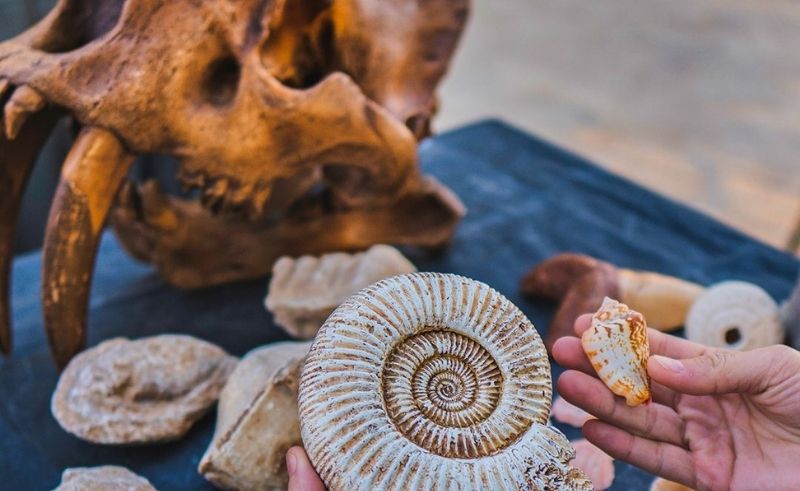
Yet, the land’s story is far from over. It is here that humanity first set foot outside of Africa, a fact echoed by Mleiha's strategic location. For over 200,000 years, this desert has been a stage for human history, with discoveries at Jebel Faya suggesting early modern humans may have used this very route to explore the world. The ground itself is a treasure trove, filled with evidence from Stone Age tools to a perfectly intact 4,500-year-old tomb from the Umm an-Nar era, placing Mleiha at the very forefront of humanity's expansion.
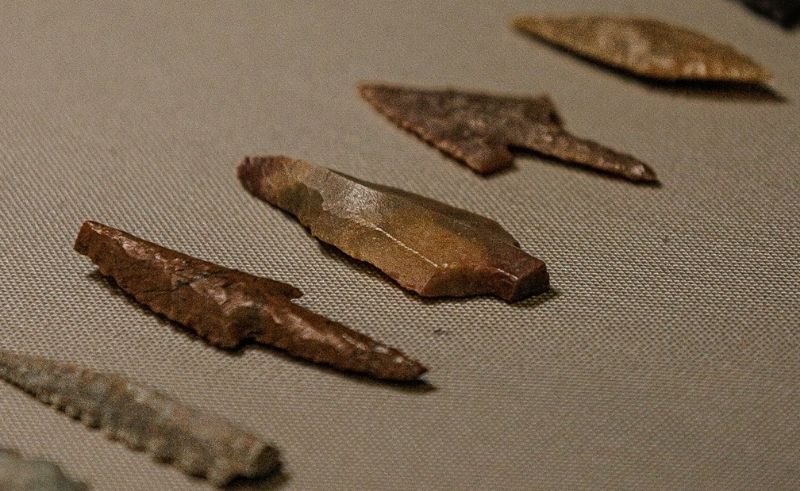
Over millennia, Mleiha evolved from a transient path into a powerful, sophisticated hub. During the pre-Islamic period, a major trading kingdom flourished here, connecting vast networks that stretched as far as India, Iran and the Mediterranean. Archaeologists have unearthed everything from locally minted coins to unique ritual camel and horse burials, all of which paint a vivid picture of a once-thriving civilisation. The site was so influential that the period from roughly 300 BCE to 300 CE in southeastern Arabia is now known as the "Mleiha Period," a direct portrayal of its critical role in shaping the region's history. Many of these silent relics are now held in the Mleiha Archaeological Centre.
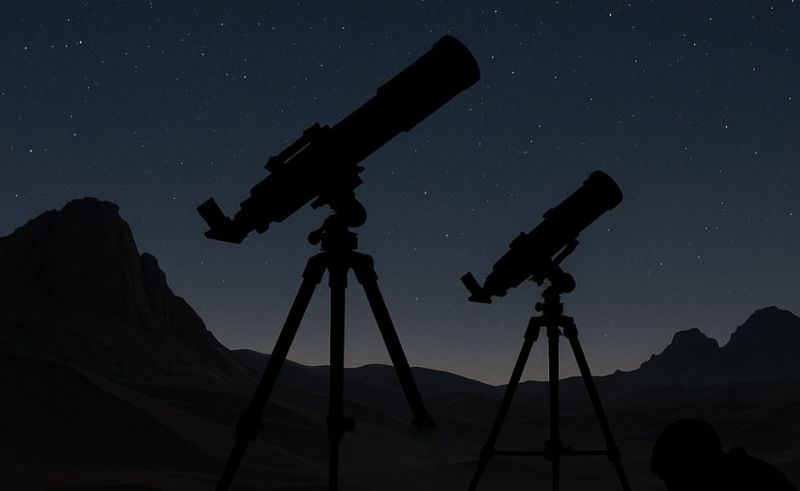
Mleiha today is a harmonious blend of its layered past. It’s a place for adventurers to trek across dunes and marvel at the breathtaking landscape, for stargazers to witness a sky unblemished by city lights, and for historians to uncover the secrets of ancient civilisations.
- Previous Article Curved Walls Define a Duplex Overlooking the Beirut Hippodrome
- Next Article Dubai Population Doubles to Nearly 4 Million in Just 15 Years
Trending This Week
-
Nov 23, 2025







